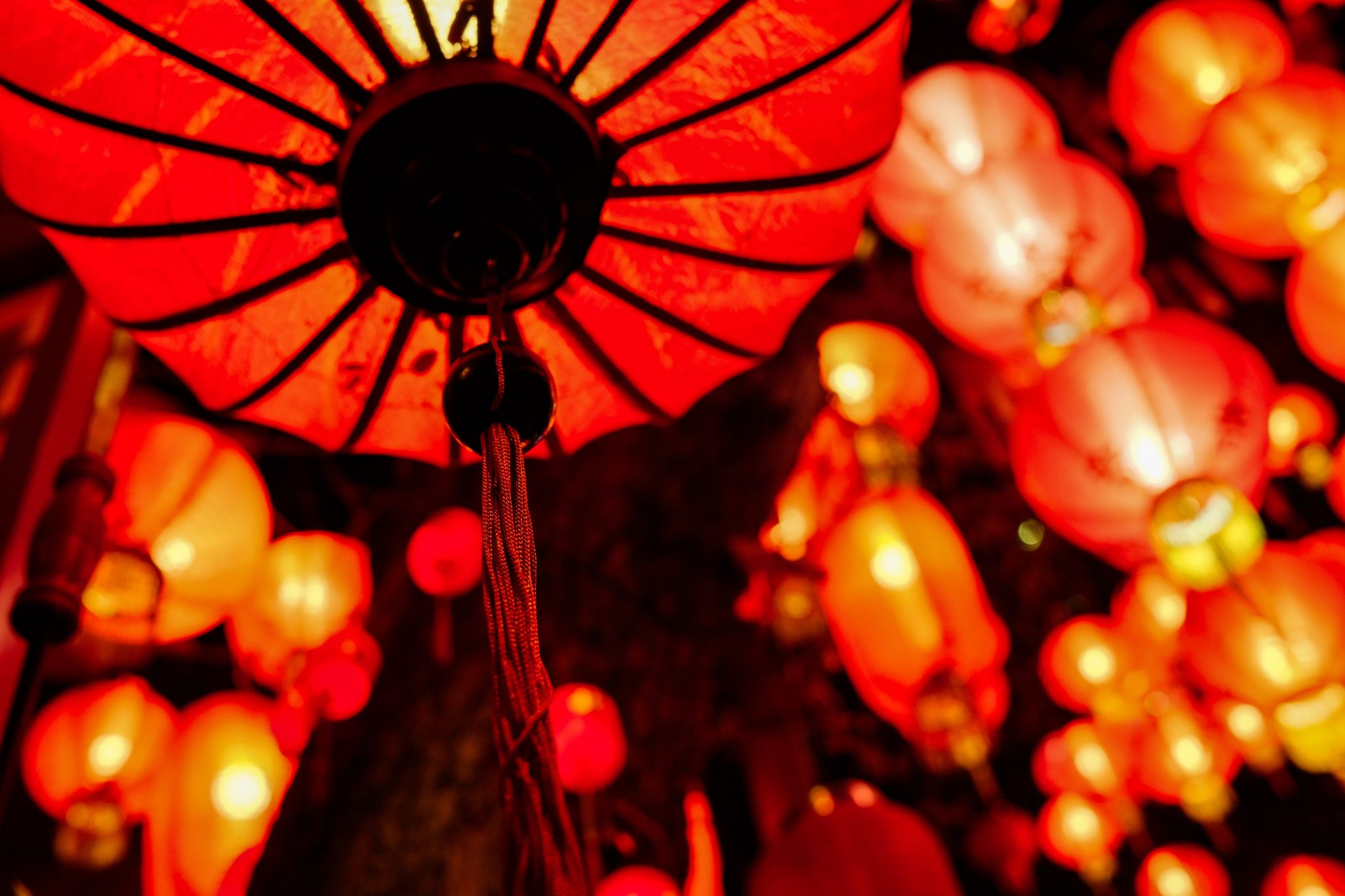Junior economics major Sophia Kim usually celebrates the Lunar New Year by seeing her extended family and eating crispy Korean pancakes called jeon. For her family, the holiday means giving offerings to their ancestors, cooking traditional food and spending time together.
This year marked the first time the Korean exchange student will experience the Lunar New Year in the United States and away from her family.
“It’s very hard to celebrate the new year’s day just alone,” she said.
Kim regularly attends a Korean church in Maryland. She planned to attend a Lunar New Year mass to eat traditional food and play games.
Kim is among many students at the University of Maryland who are celebrating the Lunar New Year by gathering with loved ones, eating delicious food and wearing red for good fortune.
The Lunar New Year, which started on Saturday, always corresponds with the first new moon of the lunar calendar. The Lunar New Year festival lasts for 15 days, ending after the first full moon of the lunar calendar, and is widely-celebrated in many Asian cultures.
The holiday is centered around 12 zodiac animals. This year’s celebration marks the start of the year of the dragon, which is the only mythical creature in Chinese zodiac and symbolizes good luck. Many associate the dragon with prosperity and imperial power, according to Smithsonian Magazine.
Some Asian student groups at this university will also host Lunar New Year celebrations this month, including the Chinese Student Association. In the past, this association’s lunar banquet has included food and performances, such as a lion dance and martial arts.
[UMD community members gather for 10-foot menorah lighting to celebrate Hanukkah]
Freshman immersive media design major Anna Lin said that almost all of her friends who celebrate the Lunar New Year went home to spend the holiday with their families.
Lin is among them, as she celebrated the Lunar New Year with her family at home, cooking food and watching celebrations on television. The holiday is important to her, in part, because of its symbolism around clothes and food.
Wearing red, for example, is seen as a sign of good fortune and eating fish for Lunar New Year symbolizes wealth and prosperity, she said.
In the past, Lin’s family often welcomed her cousins and aunts to celebrate the holiday.
“It’s kind of just how regular New Year’s is celebrated on January 1,” she said. “But for us, it’s more celebrating family and seeing each other.”
Freshman marketing and operations management and business analytics major Anh-Mi Le experienced the Lunar New Year in Vietnam for the first time last year and plans to return in the future. During her trip, Le enjoyed wearing custom-made áo dài, the traditional dresses Vietnamese women often wear for Lunar New Year.
This year, she celebrated at home with her family. Le’s family dedicated the holiday to eating traditional food and offering it to her ancestors.
“It’s really important in my culture and Asian cultures because the familial aspect is really, really genuine,” Le said. “This is the one moment where you get to spend time with your extended family.”
[Lunar lanterns light up McKeldin Mall in celebration of Vietnamese culture]
Another tradition in Le’s family is having elders line up so children can wish them good health and fortune. In return, the children receive red envelopes filled with money that symbolize good luck.
Both Le and freshman public policy major Finna Hsu noted that the red envelope tradition is among their favorites.
When Hsu was a child, she put the red envelopes under her pillow to protect herself from the Nian monster which, according to Chinese mythology, threatens to overtake villages with bad luck and can be scared off with the color red.
“There’s so many little traditions with Lunar New Year that signify bringing in wealth and good fortune and prosperity for the new year,” Hsu said. “Lunar New Year, especially, is really about spending time with your family.”



